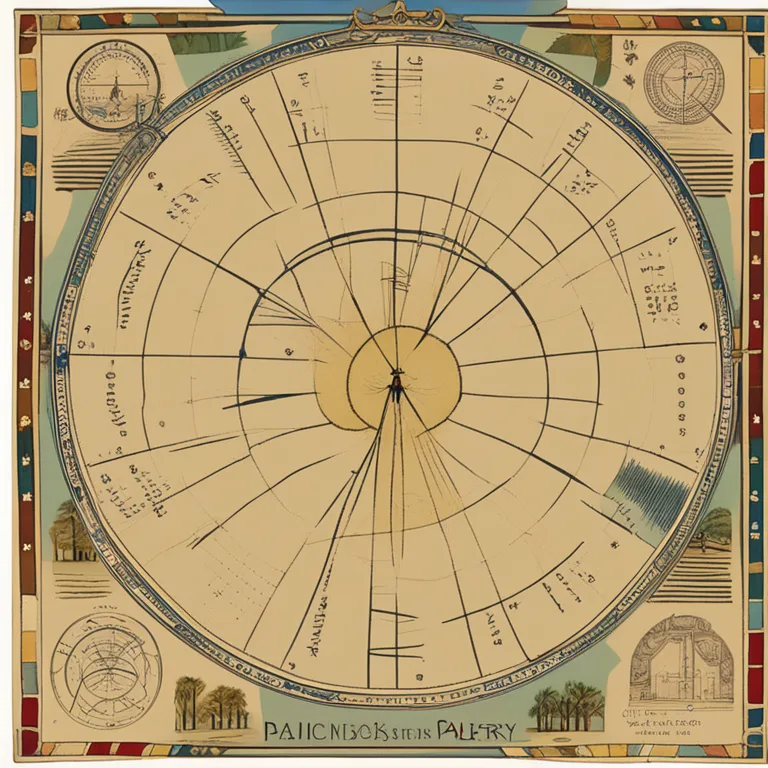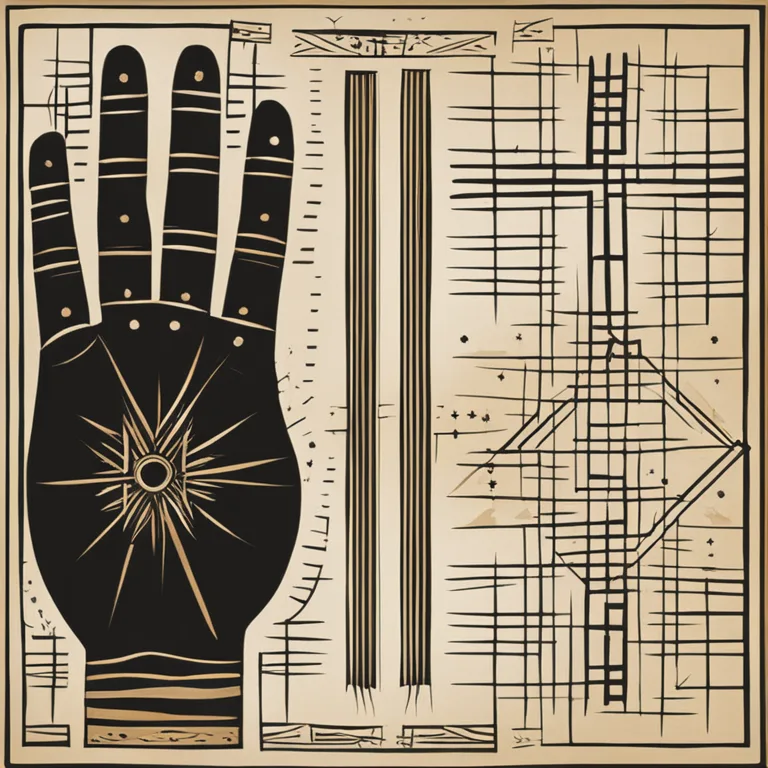
Palmistry Insights: Life Span Clues in Your Hands
Discover how palmistry practitioners interpret lines on the palm for insights into longevity and the factors influencing life span through the ancient art of palm reading.
article by Nora Pennington
Introduction to Palmistry and Longevity
The practice of palmistry, or chiromancy, has fascinated humanity for centuries. Its roots trace back to various ancient cultures where seers would read palms to unravel the destinies of those seeking insight. Among the multitude of lines and symbols identified on the palm, some practitioners believe that there are indicators related to an individual's vitality and potential longevity. In this article, we delve into the palmistry perspective on life span, examining the traditional interpretations and the modern viewpoint.

The Heart Line and Life Vitality
Within the realm of palmistry, the Heart Line is often associated with emotional well-being and love life, but it is also thought to reflect one's life vitality. A strong, clear Heart Line without breaks or inconsistencies is sometimes interpreted as a sign of robust health and vitality. Conversely, palmists may view a fragmented or weak Heart Line as an indication of potential health challenges that could influence longevity.

The Life Line and Physical Endurance
The most scrutinized line when discussing longevity is the Life Line. Traditionally, a long and unbroken Life Line suggests a life of good health and stamina, whereas a short or shallow line might raise concerns about endurance and life force. However, modern palmists caution against using the Life Line as a straightforward prediction of life span, emphasizing that it's more of an indicator of quality of life and resilience rather than an exact timeline.

The Influence of Other Lines and Marks
Palmistry also considers the confluence of other lines such as the Head Line, and Fate Line, along with various marks on the palm, in assessing one's life expectancy. For instance, a strong and well-defined Fate Line is often associated with a sense of purpose and determination, which could positively affect an individual's overall well-being. Crosses, stars, and islands on certain lines can also be of relevance, potentially indicating periods of stress or health issues that could affect longevity.

Understanding the Limitations
While palmistry offers intriguing possibilities, it is important to note its limitations. No scientific evidence supports the claim that palm lines can accurately predict life span. Moreover, many factors influence longevity, such as genetics, lifestyle, and medical advancements. Palmistry should therefore be seen more as a tool for introspection and entertainment rather than a definitive guide to one's life trajectory.
The Ethical Considerations
Ethical palm readers approach the subject of longevity with great sensitivity. They understand the gravity of discussing one's life span and prioritize the psychological well-being of the client. Ethical practice in palmistry involves providing readings that empower individuals, urging them to focus on living well and making healthy choices rather than fixating on the length of their life.
Published: 1/3/2024
Modified: 1/3/2024
More predictions
Come back here soon to learn more about yourself and your future


Palmistry vs. Astrology: Which Predicts You Better?
Delve into the fascinating realms of palmistry and astrology to determine which ancient practice offers more accurate insights into your life.


A Beginner's Guide to Palmistry
Discover the essentials of palm reading in this comprehensive guide, tailored for beginners keen on understanding the mysteries of palm lines and their meanings.


The Language of Palmistry Fingers: A Comprehensive Guide
Delve into the significance of fingers in palmistry and what they reveal about our personalities and futures